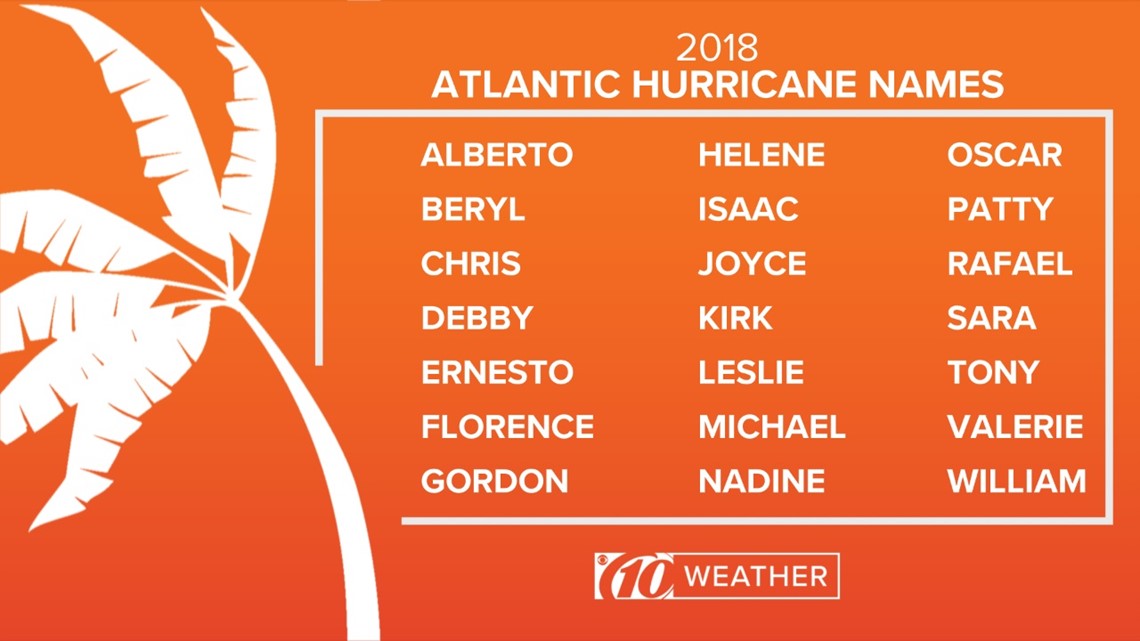ST. PETERSBURG, Fla. -- Coastal residents, take note: Hurricane season is far from over, but it's looking more likely this will be a much slower period.
Forecasters at NOAA's Climate Prediction Center increased the likelihood of a below-normal Atlantic hurricane season to 60 percent -- up from 25 percent predicted in May -- and the chance of an above-normal season has dropped from 35 percent to 10 percent.
NOAA is predicting a total of nine to 13 named storms, which are at least of tropical storm strength (winds of 39 mph or greater). Of those, four to seven will become hurricanes (winds of 74 mph or greater) and zero to two major hurricanes (111 mph winds or greater).
Forecasters stress the outlook is for overall tropical activity and not storms that make landfall.
"Today’s updated outlook is a reminder that we are entering the height of hurricane season and everyone needs to know their true vulnerabilities to storms and storm surge," FEMA Administrator Brock Long said in a release, in part.
"Don’t let down your guard, late season storms are always a possibility, always keep your plans updated."
Hurricane preparedness: Check your supplies, evacuation zone and more
Remember, it only takes one storm in a below-average year to bring about devastation. The year 1992, for example, was a slower year with four hurricanes but one most memorable: Hurricane Andrew.
The season so far has had four named storms, including two hurricanes. An average season produces 12 named storms, including six hurricanes and three major hurricanes.
"There are still more storms to come – the hurricane season is far from being over. We urge continued preparedness and vigilance," Gerry Bell, Ph.D., the lead seasonal hurricane forecaster at the Climate Prediction Center, said in the release.


►Make it easy to keep up-to-date with more stories like this. Download the 10News app now.
Have a news tip? Email desk@wtsp.com, or visit our Facebook page or Twitter feed.



